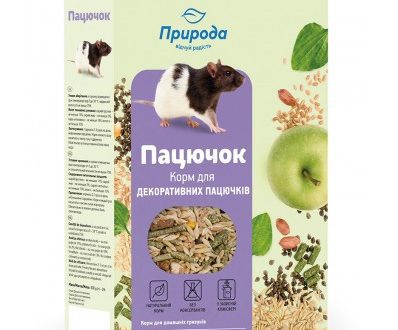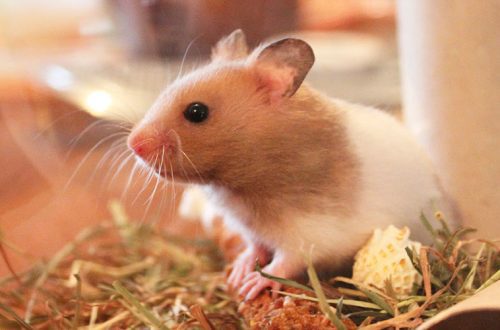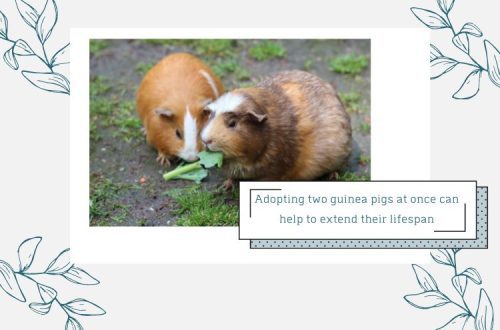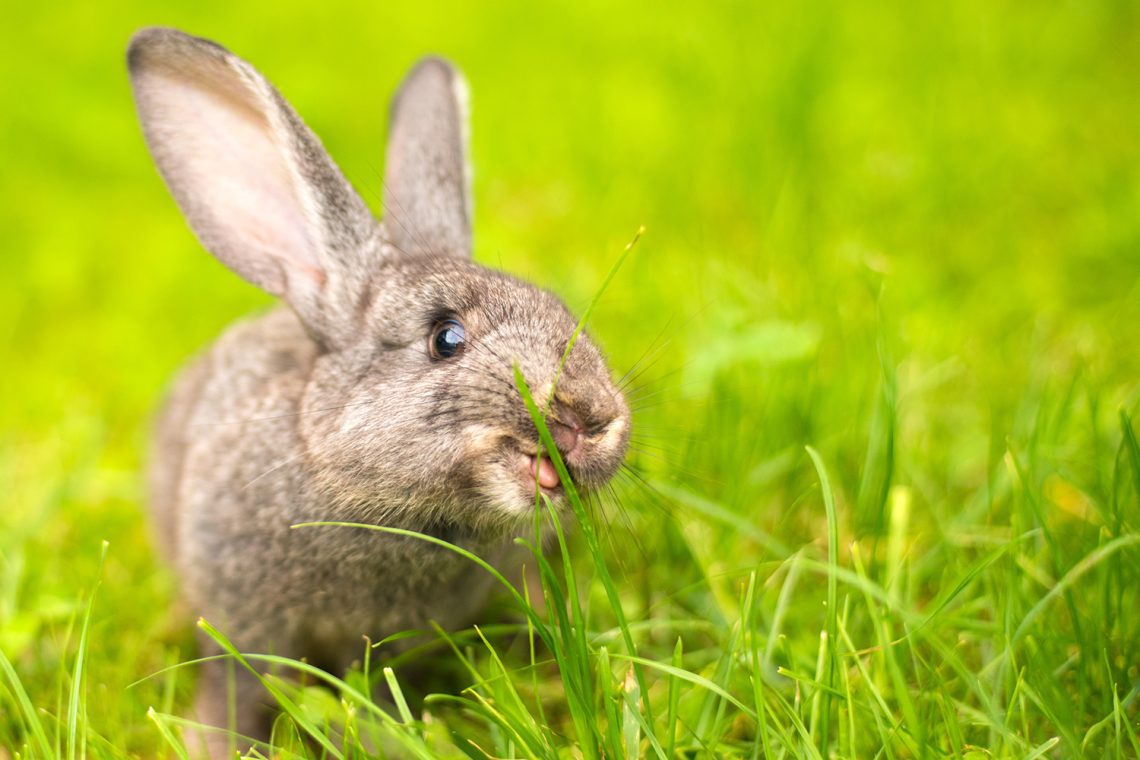
coccidiosis in rabbits
Decorative rabbits are very sensitive animals. Their body is vulnerable to a huge number of diseases, from which only proper care can protect. One such disease is coccidiosis. In our article, we will talk about its causes, symptoms and prevention.
Coccidiosis (other name: eimeriosis) is a parasitic disease caused by the simplest unicellular organisms – coccidia. In total, there are about 400 strains of coccidia, but only 9 of them are dangerous for rabbits. Eight of the nine strains affect the intestines, one affects the liver.
The causative agents of the disease reproduce quickly. Oocysts (spores) of coccidia are ubiquitous. An infected animal daily excretes from 9 to 700 million oocysts with feces. From each of them, several million more parasites are formed. They are carried on shoes, contaminate inventory and bedding of enclosures. In most cases, coccidiosis is transmitted to rabbits from an infected mother, along with her milk. Other causes of the disease: contaminated feces, food, water, inventory, proximity to carrier rabbits.
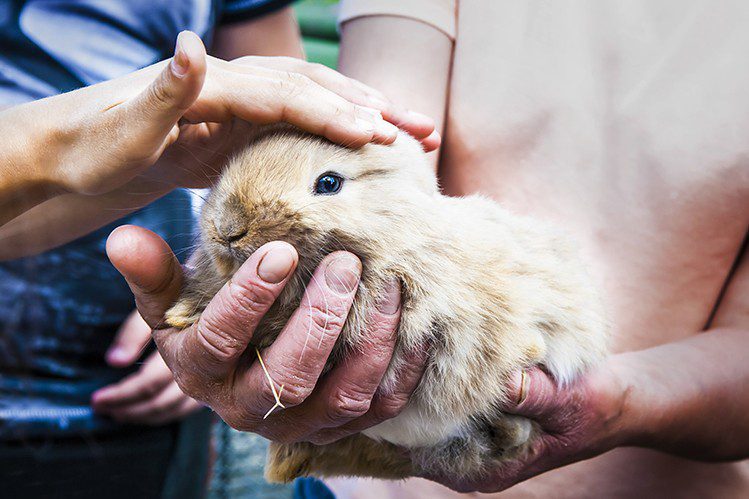
The prevalence of coccidiosis is also explained by the fact that spores of pathogens are almost impossible to destroy: they are taken only by high temperatures (from 80 ° C), and disinfection is completely powerless.
From all of the above, sad statistics emerge: from 70% of rabbits are infected with coccidia. Depending on a number of factors, the disease can be asymptomatic, or it can lead to death in a short time.
Most often, the disease develops in young rabbits, aged 3 to 6 months.
Rabbit disease coccidiosis affects the intestines, liver, or both. There are three forms of the disease:
– sharp,
– subacute,
– chronic.
Coccidiosis can be asymptomatic for a long time and manifest itself during a change in diet and a weakened immune system. Rabbits with a chronic course of the disease release spores of the pathogen into the external environment and become the cause of infection of healthy animals. Acute and subacute forms of coccidiosis without the lack of competent treatment leads to death.
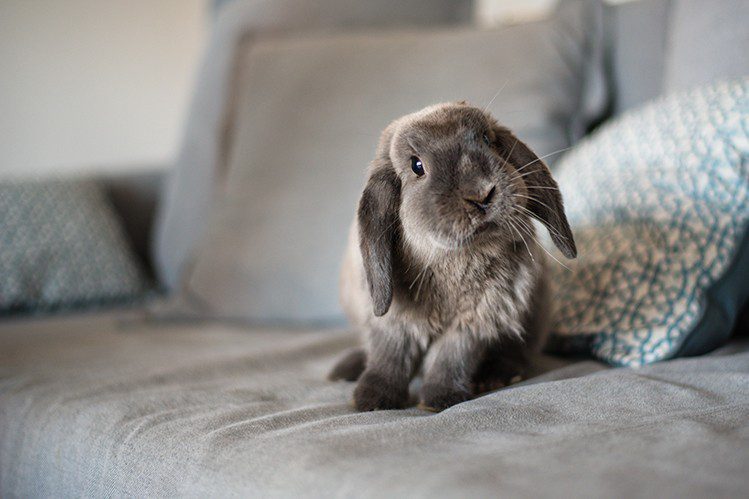
Common signs of coccidiosis include lethargy, refusal to eat, stool problems (diarrhea or constipation), mucus and blood in the stool, bloating and tenderness of the abdomen, pallor of the mucous membranes of the eyes and mouth, weight loss, and stunting. In the litter of infected rabbits, streaks of red or orange are noticeable.
When the liver is damaged, the symptoms are added to the yellowness of the mucous membranes and, in severe cases, convulsions and paralysis.
The disease may be accompanied by concomitant ailments, for example, conjunctivitis and increased salivation.
If you suspect a disease, contact your veterinarian as soon as possible. He will prescribe the appropriate treatment. Delay is dangerous!
Prevention of coccidiosis is based on proper care. It all starts with choosing a pet. It is very important to contact a responsible breeder and carefully assess the conditions of the rabbits, inspect their appearance and observe their behavior.
From the moment you purchase a rabbit, follow the conditions of detention. The main thing is to choose high-quality, purified and proper food (the rabbit’s diet should be based on hay). There are special diets for decorative rabbits with essential oils that provide prevention of coccidiosis and other intestinal diseases (for example, Micropills Vet Care Intestinal). Pay attention to them.
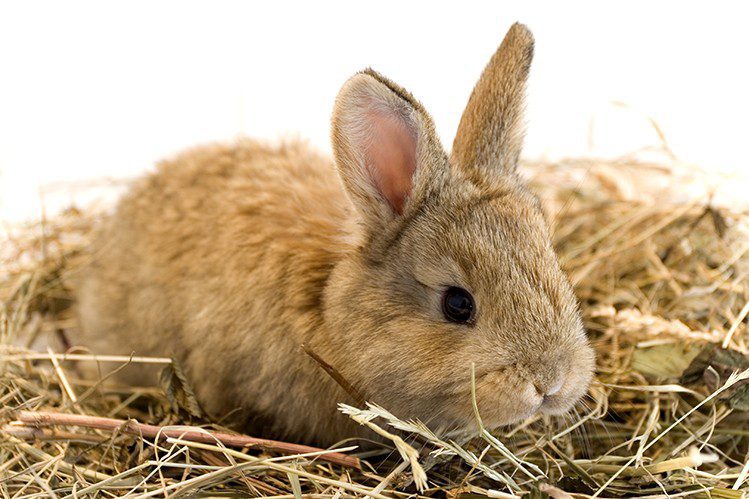
It is better to buy all the products and attributes necessary for a rabbit (cage inventory, filler, etc.) at a pet store, after checking the integrity of the package and the expiration date. Judge for yourself: specially cleaned ready-made hay is 100% safe, while hay harvested in the village or taken from a neighbor may be contaminated.
Before adding new rabbit neighbors to a healthy pet, first make sure they are healthy and endure the quarantine period.
It is important not to forget about preventive visits to the veterinarian. Constant monitoring of your health will help prevent the development of serious diseases.
Good health to your pets!



